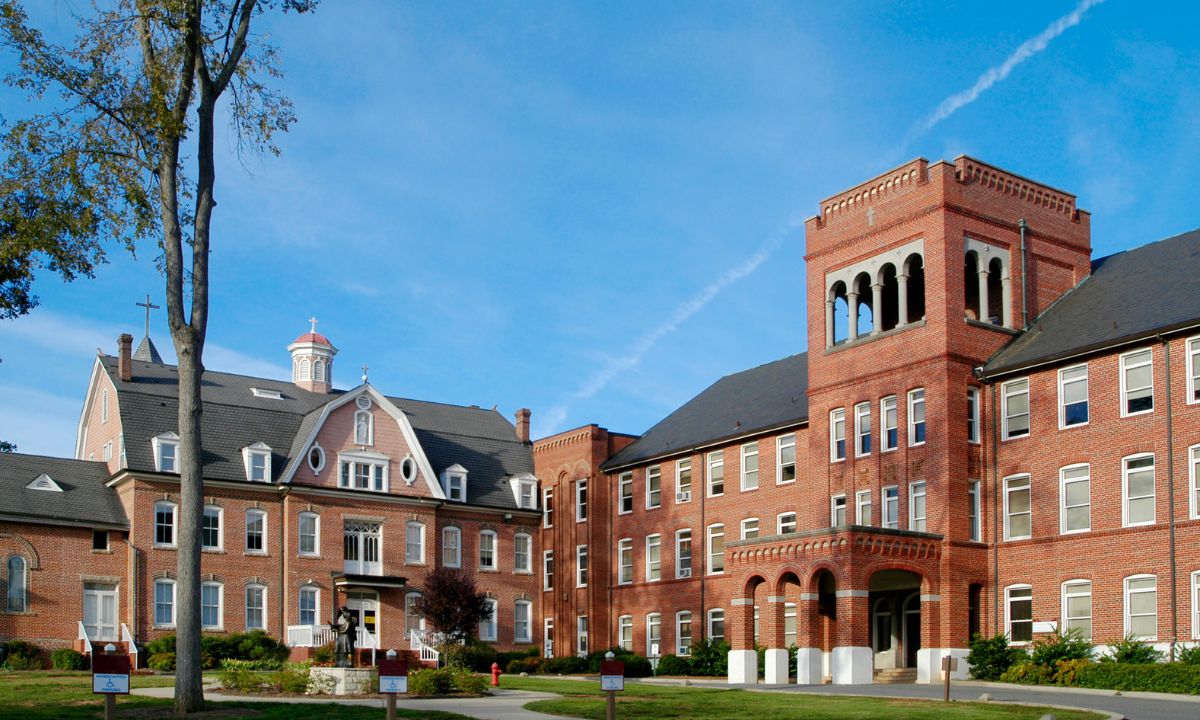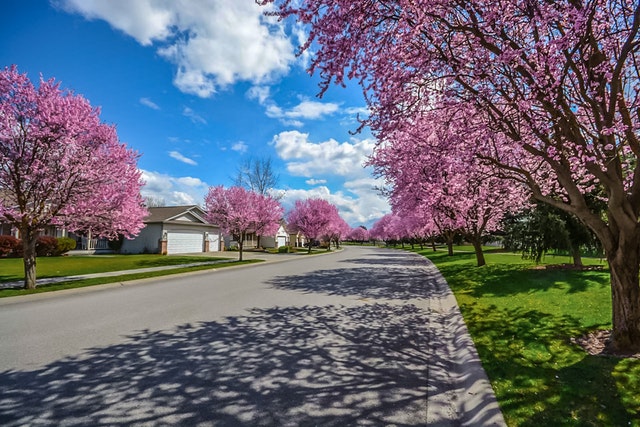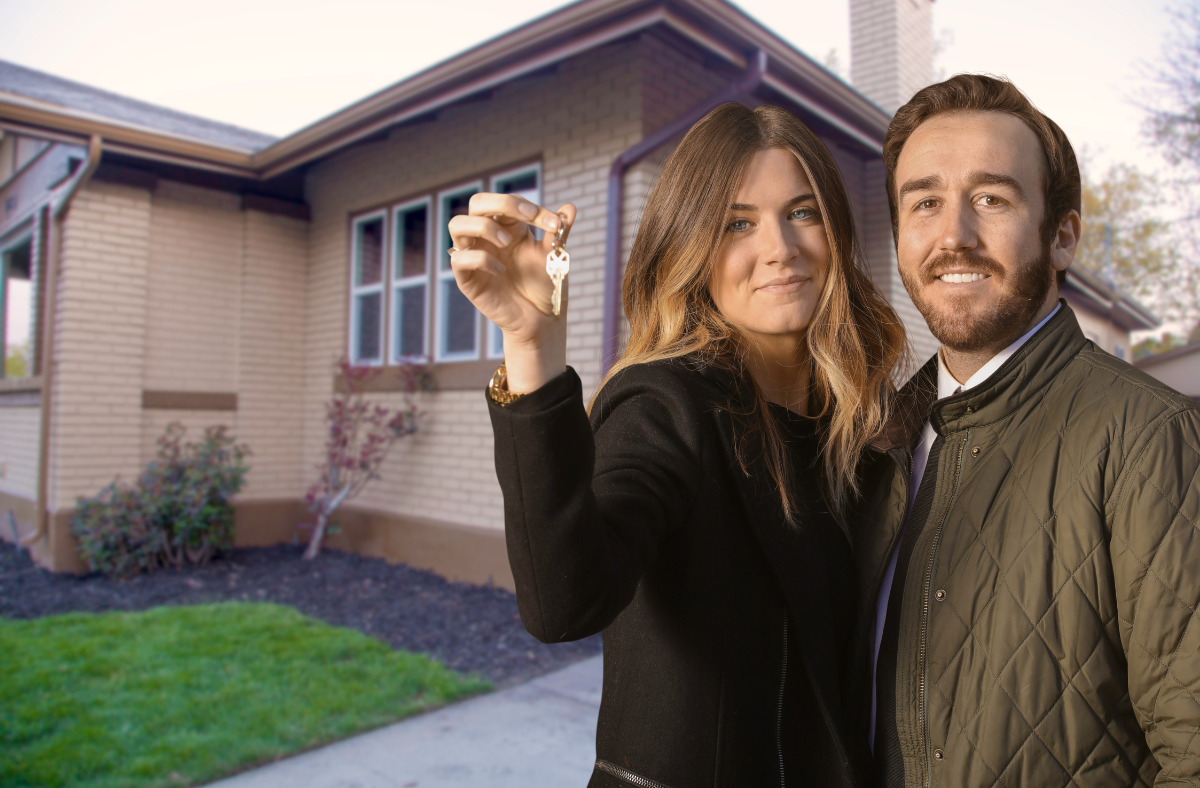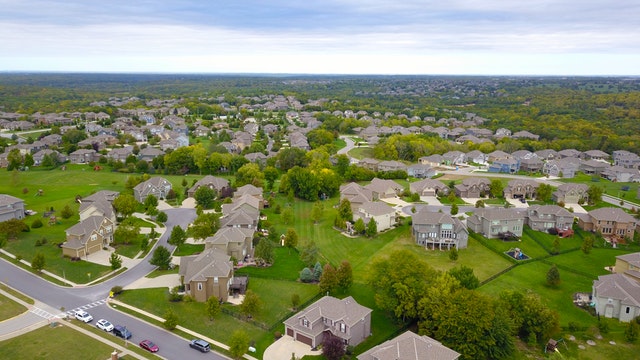 When you’re in the market for a new home, you’re not just buying a piece of property. You’re investing in a community, its amenities, and its future. One of the most significant factors influencing property values is the quality of nearby schools. Whether you have school-aged children or not, the impact of schools on property values is undeniable. Let’s delve into how schools influence property values and what it means for prospective homebuyers.
When you’re in the market for a new home, you’re not just buying a piece of property. You’re investing in a community, its amenities, and its future. One of the most significant factors influencing property values is the quality of nearby schools. Whether you have school-aged children or not, the impact of schools on property values is undeniable. Let’s delve into how schools influence property values and what it means for prospective homebuyers.
Quality of Education: High-performing schools tend to attract families seeking the best educational opportunities for their children. Homebuyers are often willing to pay a premium to reside in areas with top-rated schools. This demand can drive up property values significantly. Conversely, areas with underperforming schools may experience stagnant or declining property values as families opt for neighborhoods with better educational options.
Desirability and Demand: Proximity to good schools increases the desirability of a neighborhood. Families prioritize access to quality education when choosing where to live. As a result, homes located within the boundaries of top-performing schools are in high demand. This heightened demand can lead to bidding wars and higher selling prices, benefiting homeowners in those areas.
Stability and Investment Potential: Communities with strong school systems often exhibit greater stability in property values over time. Well-funded schools and active parental involvement contribute to a sense of community pride and investment. Homeowners are more likely to maintain their properties and invest in home improvements, further enhancing the appeal of the neighborhood.
Resale Value: When it comes time to sell your home, the quality of nearby schools becomes a crucial selling point. A home located in a sought-after school district is more likely to attract potential buyers and command a higher resale price. Even buyers without children recognize the value of purchasing a home in an area with excellent schools due to its long-term investment potential.
Considerations Beyond Rankings: While school rankings and test scores are important indicators of educational quality, they don’t tell the whole story. Factors such as teacher-to-student ratios, extracurricular activities, and support services for students with diverse needs also contribute to the overall appeal of a school district.
Future Trends and Planning: It’s essential to consider not only the current state of nearby schools but also future trends and developments. Keep an eye on planned school expansions, redistricting efforts, and changes in educational policies that could impact property values in the long term.
The impact of schools on property values cannot be overstated. Whether you’re a first-time homebuyer, an empty-nester, or an investor, understanding the relationship between schools and property values is crucial for making informed real estate decisions. Before purchasing a home, research local schools, attend community meetings, and consult with real estate professionals to gain insights into how schools influence property values in your target area. Remember, buying a home is not just about finding the perfect property—it’s about investing in a community and its future.
 Choosing the perfect home to settle in can be a tough decision. You have to weigh in on many factors including price, size, features and amenities, number of bedrooms and baths, design, and so on. However, all these factors are not enough to give you a great home ownership experience if you fall into the wrong neighborhood.
Choosing the perfect home to settle in can be a tough decision. You have to weigh in on many factors including price, size, features and amenities, number of bedrooms and baths, design, and so on. However, all these factors are not enough to give you a great home ownership experience if you fall into the wrong neighborhood. If you are in the process of looking for a new home, you have probably realized that there are lots of options available. It can be very difficult to decide which home is right for you, but there are several important tips you should keep in mind. They include:
If you are in the process of looking for a new home, you have probably realized that there are lots of options available. It can be very difficult to decide which home is right for you, but there are several important tips you should keep in mind. They include: Have you ever seen a scientific experiment with things growing in a Petri dish? This is a metaphor for how neighborhoods grow as well. Things in a Petri dish grow towards the areas that have more nutrition to attract them and repel from areas that have bad things that they do not want.
Have you ever seen a scientific experiment with things growing in a Petri dish? This is a metaphor for how neighborhoods grow as well. Things in a Petri dish grow towards the areas that have more nutrition to attract them and repel from areas that have bad things that they do not want. It’s often harder to make friends as an adult than it is when you’re a child. It’s even more challenging to make adult friends when you move into a new neighborhood. You may feel like people already have their own group of friends and aren’t looking to include newcomers. Of course, that’s just an illusion.
It’s often harder to make friends as an adult than it is when you’re a child. It’s even more challenging to make adult friends when you move into a new neighborhood. You may feel like people already have their own group of friends and aren’t looking to include newcomers. Of course, that’s just an illusion.